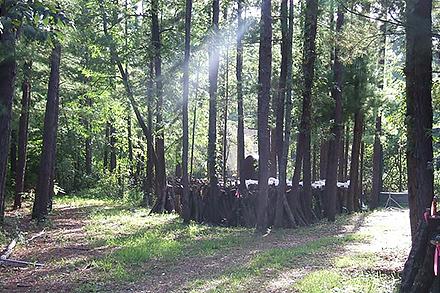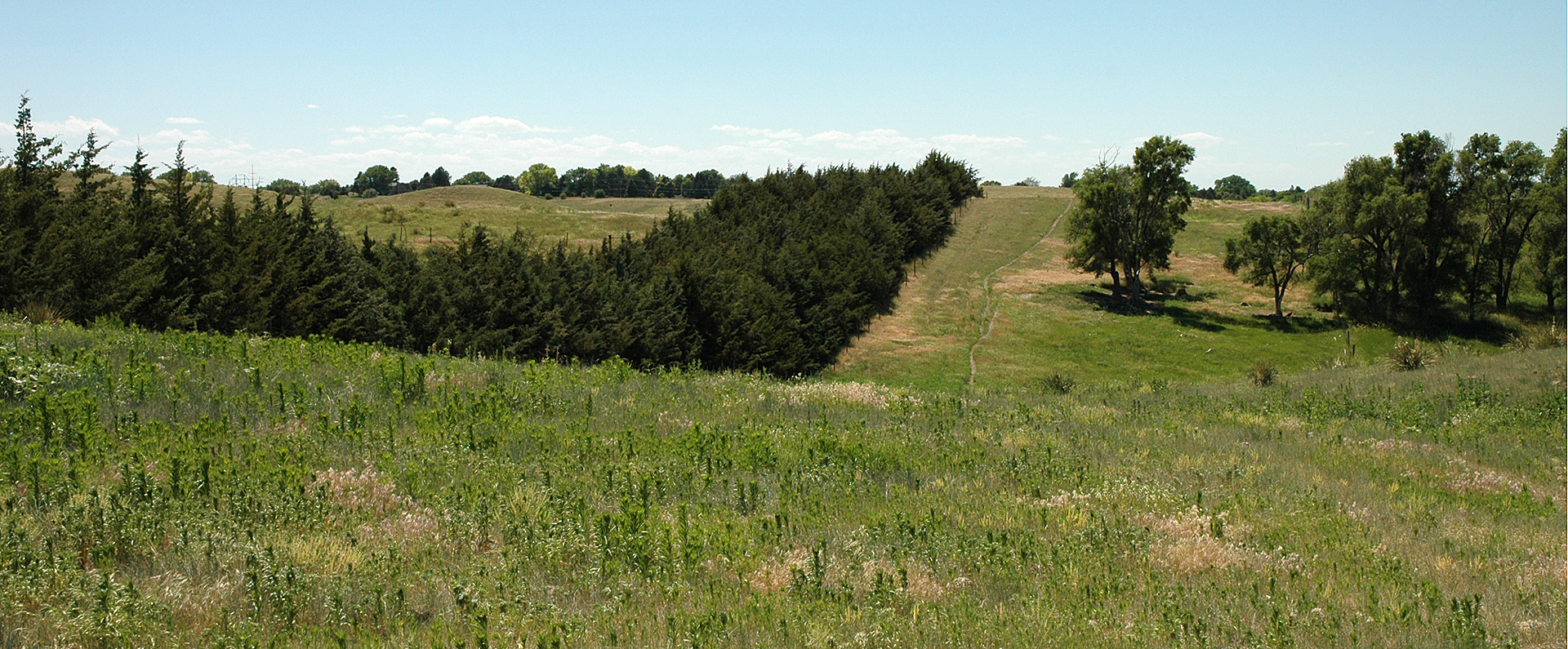Tree-mendous Benefits

Agroforestry Helps Farms and Ecosystems Thrive
The integration of trees into farmland through a practice known as agroforestry provides a wealth of benefits to both farmers and local ecosystems. Farmers appreciate the trees’ ability to prevent erosion caused by wind, especially during periods of drought when soil is drier than usual, and more prone to turning to dust. By acting as windbreaks, a group or row of trees can effectively retain precious fertile soil on farmland. USDA helped farmers to use this technique during the Dust Bowl, and has expanded it ever since, with great success.
Trees also provide a host of other benefits, including carbon sequestration, water quality improvement, and climate change adaptation through modification of the local microclimate. Perhaps one of their most important functions for farmers and local ecosystems is pollinator habitat creation. By providing safe havens for bees, birds, and other pollinators to build their homes, trees support these critical creatures, whose behavior enables crops to grow.
Learn more about how agroforestry helps farmers and the environment or see how ARS is researching the benefits of agroforestry by watching these videos.



